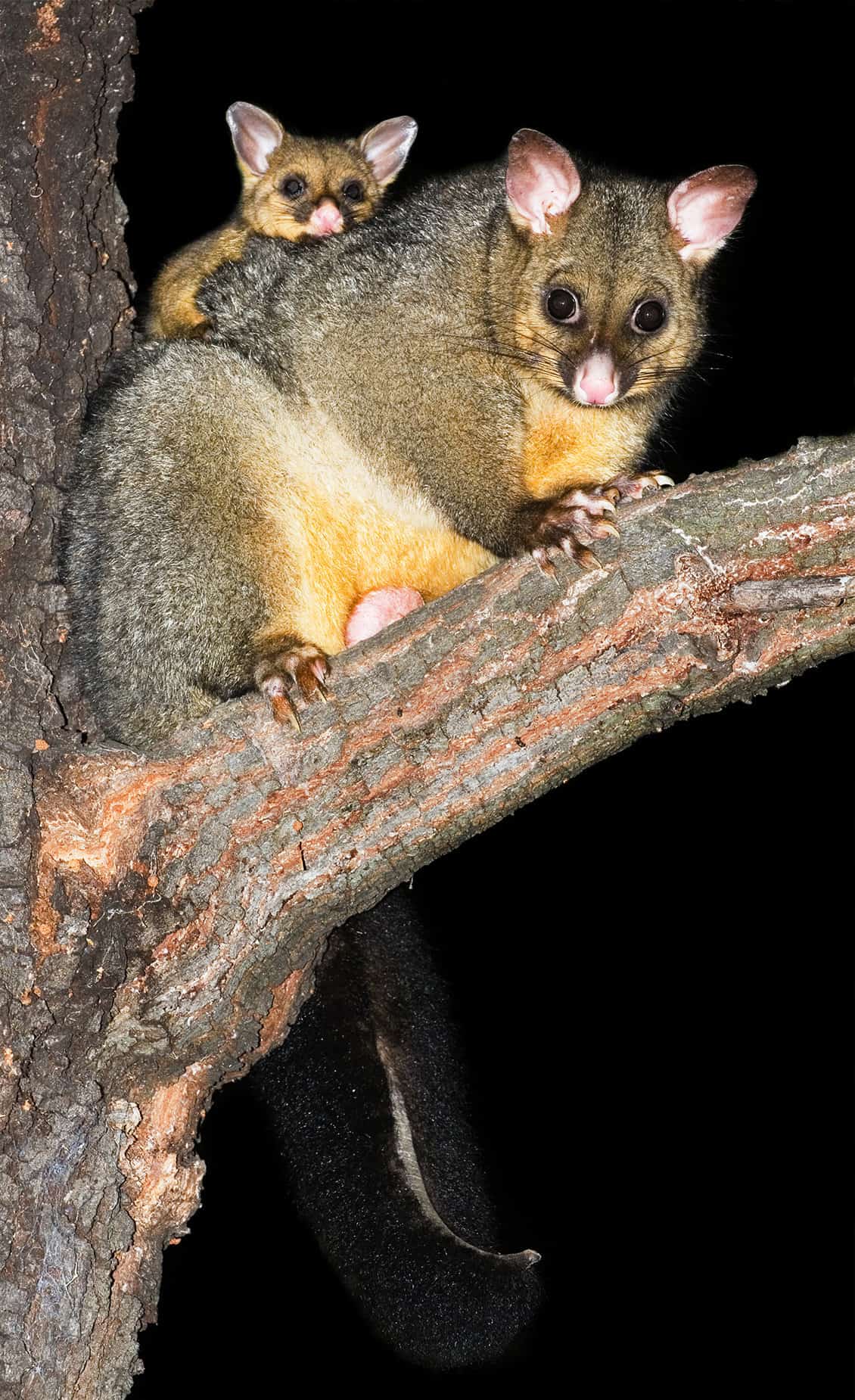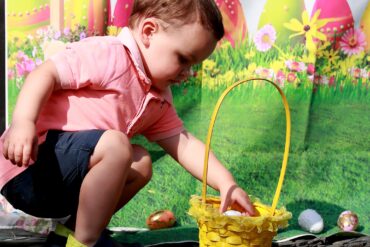Embrace the Nighttime Wonders: Australian Possums Demystified for Families
Welcome, curious parents and little adventurers! Ever wondered who’s been tiptoeing through your backyard after dusk or pitter-pattering on the rooftop at twilight? The answer might just be one of Australia’s most adorable nocturnal creatures – the Australian possum. In this comprehensive guide, we’ll delve into the enchanting world of these furry friends, learn some fun facts, and discover how to coexist with them happily and respectfully.
Meet the Australian Possum
Before we scamper along on our possum-powered adventure, let’s get acquainted with these treasured Aussie critters. Possums are marsupials, which means the females have a pouch where they carry and nurture their young. These tree-dwelling darlings are sometimes confused with their distant American relatives, opossums, but our friendly Australian species boast a charm all their own!
The Different Types of Possums
Did you know that Australia is home to over 20 species of possums? From the wide-eyed Common Brushtail Possum, with its bushy tail and expressive face, to the dainty little pygmy possums that can fit in the palm of your hand, each species is delightful in its own special way.
Why Kids Love Possums
Possums are natural wonders that spark curiosity and inspiration in children. They become the perfect springboard for teaching little ones about wildlife, respect for nature, and environmental conservation. With their intriguing behaviors and adorable appearances, possums are sure to capture the hearts and imaginations of your family.
Evening Encounters – Turning Your Backyard into a Possum Paradise
Creating a possum-friendly garden is an exciting way for families to engage with nature. By planting native shrubs and installing a possum box, you can provide a cozy refuge for these creatures and maybe even get a glimpse of their nightly antics. Plus, watching possums can be an enchanting way to introduce your children to the joys of observing wildlife responsibly.
Possums and Plant Life
While possums are a delight to watch, they can sometimes be a little too fond of our gardens, nibbling on flowers and vegetables. But fear not! With a few eco-friendly strategies, you and the possums can enjoy a harmonious existence. It’s all about balance and fostering an environment where both plants and possums thrive.
Activities for Possum Lovers
Whether you’re crafty, outdoorsy, or a fan of storytime, there’s a possum-themed activity for every family. Constructing a DIY possum hanger, going on a guided possum walk, or curling up with a book about these critters can be wonderful ways to bond and learn as a family.
This guide is just the beginning of your family’s possum knowledge journey. As you read on, you’ll gain an insider’s view into the lives of these charming marsupials. Get ready to climb trees with the Sugar Gliders, tiptoe through the night with the Common Ringtail Possum, and even learn what to do if a possum makes itself at home a little too close for comfort. Together, we can foster love and respect for our Australian possum friends and ensure they remain a joyful part of our natural heritage for generations to come.
Continue scrolling, dear parents and children, as we delve deeper into the captivating world of Australian possums, where every rooftop rumble becomes a story and every garden glimpse transforms into a teaching moment.

5 Essential Things Parents Should Know About Preparing for Australian Possums
1. Understanding Possum Habits and Behaviours
Knowledge is vital when preparing to share your space with possums. Night-time is prime time for these marsupials, so don’t be startled by rustling in the garden or noisy calls in the dark. Possums are generally benign, but they can become territorial, especially during breeding season. Educating your family about possum behavior can turn potential fears into fascination.
2. Helping Kids Appreciate Possums from a Distance
While possums may appear cuddly, they’re not pets and should be admired from afar. Teaching children to observe without touching protects both the possums and your family from unnecessary stress and potential bites or scratches. Use path lights or a flashlight to gently observe their activities at night, turning your garden into a live nature show!
3. Securing Your Home and Garden
Possums are curious and can squeeze into small spaces. Secure any access points to your roof to prevent unwanted house guests. In the garden, consider possum-proofing fruit trees with netting and make sure compost bins are closed securely to deter foraging possums. This allows you to live in harmony, keeping the possums wild and your home intact.
4. Planting a Possum-Friendly Garden
Embrace native flora! Planting species that are endemic to your area can provide natural food sources and habitat for possums. This may help in keeping them from seeking out your veggies and ornamental plants. Consider adding a water station for wildlife; a shallow bowl of water can be a lifesaving resource for possums, particularly during the hot Australian summers.
5. What to Do When You Find an Injured or Orphaned Possum
If you come across a possum that seems to be injured or a baby that’s been abandoned, it’s important to contact a local wildlife rescue organization. They have the expertise to care for and rehabilitate these creatures. Keep an emergency contact list for wildlife rescuers and teach kids the importance of professional care for our native animals.
Embracing the presence of Australian possums as a natural part of your environment creates teachable moments and can foster a lifelong appreciation for the incredible biodiversity of this continent. By understanding these five key points, you can instill responsible wildlife habits in your children and enjoy the antics of these nighttime acrobats with ease and joy.
For more great fun click here. For more information see here
Disclaimer
The articles available via our website provide general information only and we strongly urge readers to exercise caution and conduct their own thorough research and fact-checking. The information presented should not be taken as absolute truth, and, to the maximum extent permitted by law, we will not be held liable for any inaccuracies or errors in the content. It is essential for individuals to independently verify and validate the information before making any decisions or taking any actions based on the articles.




